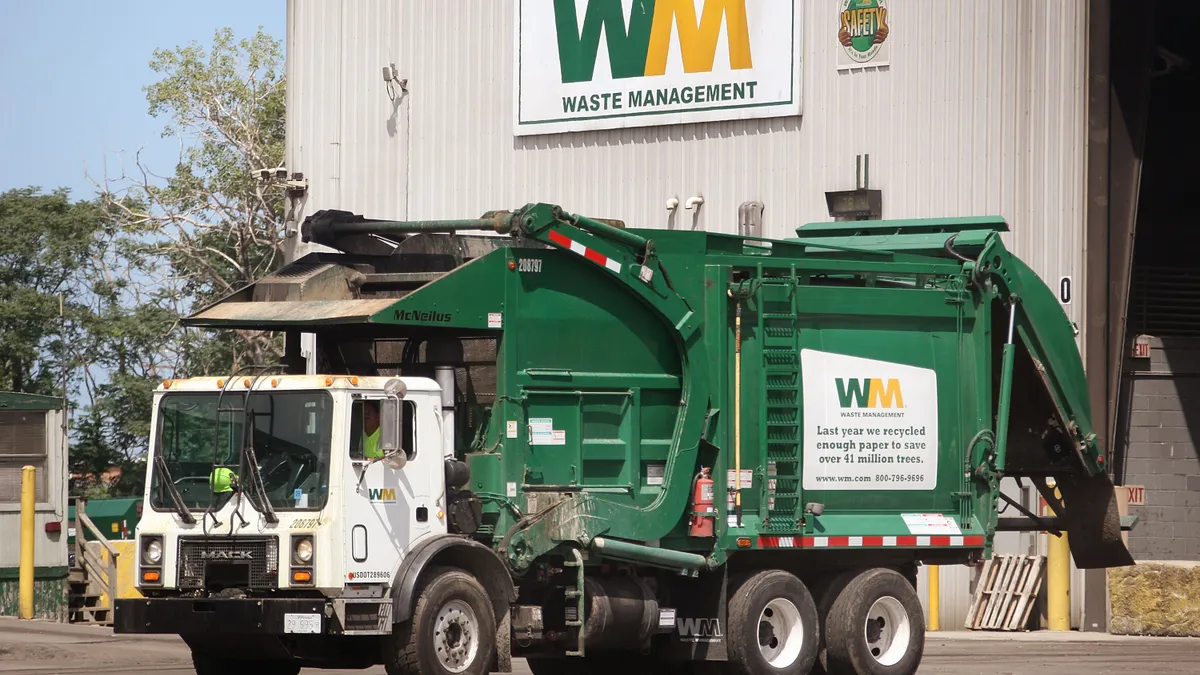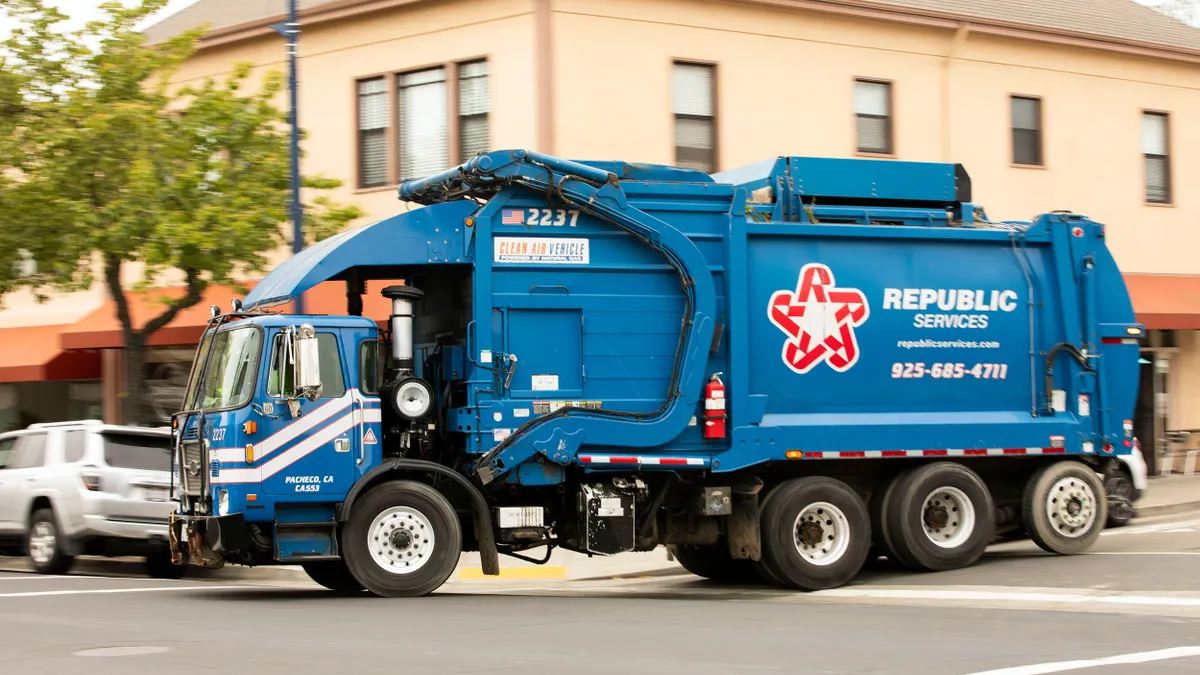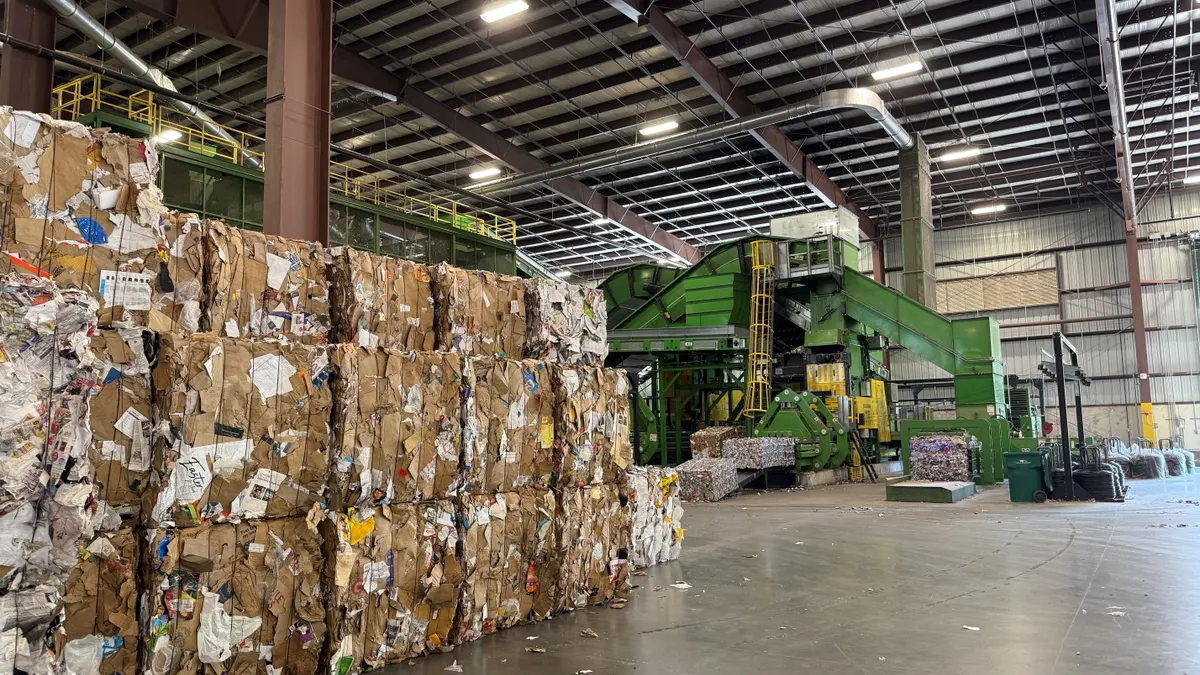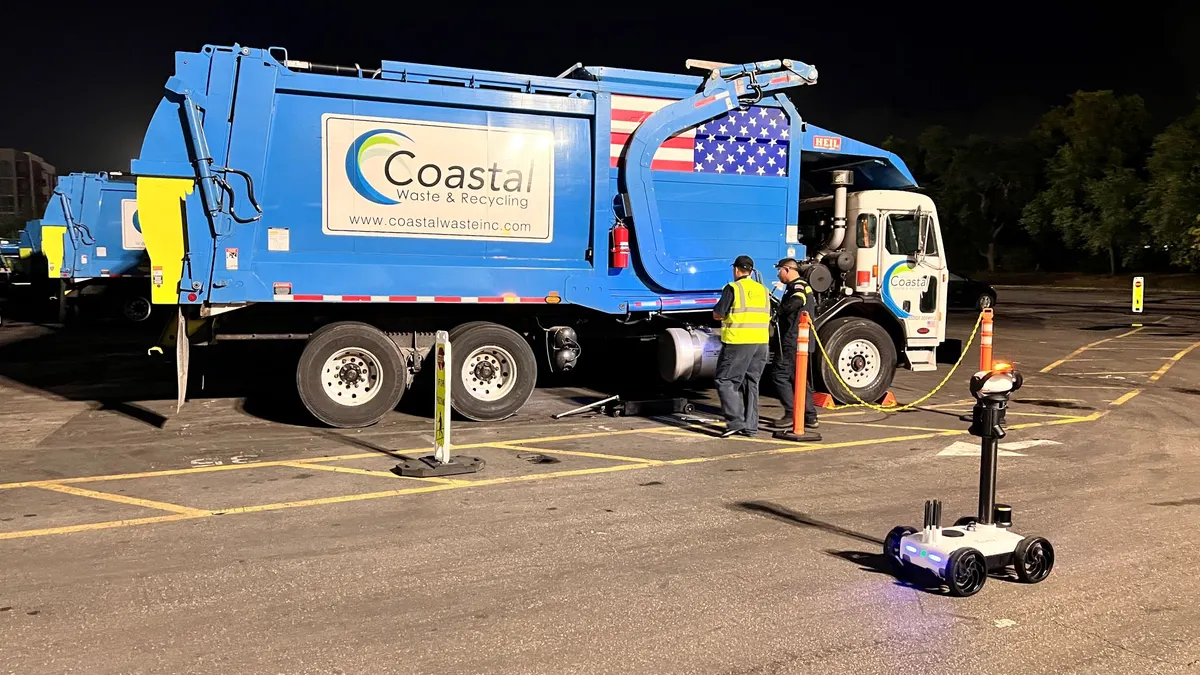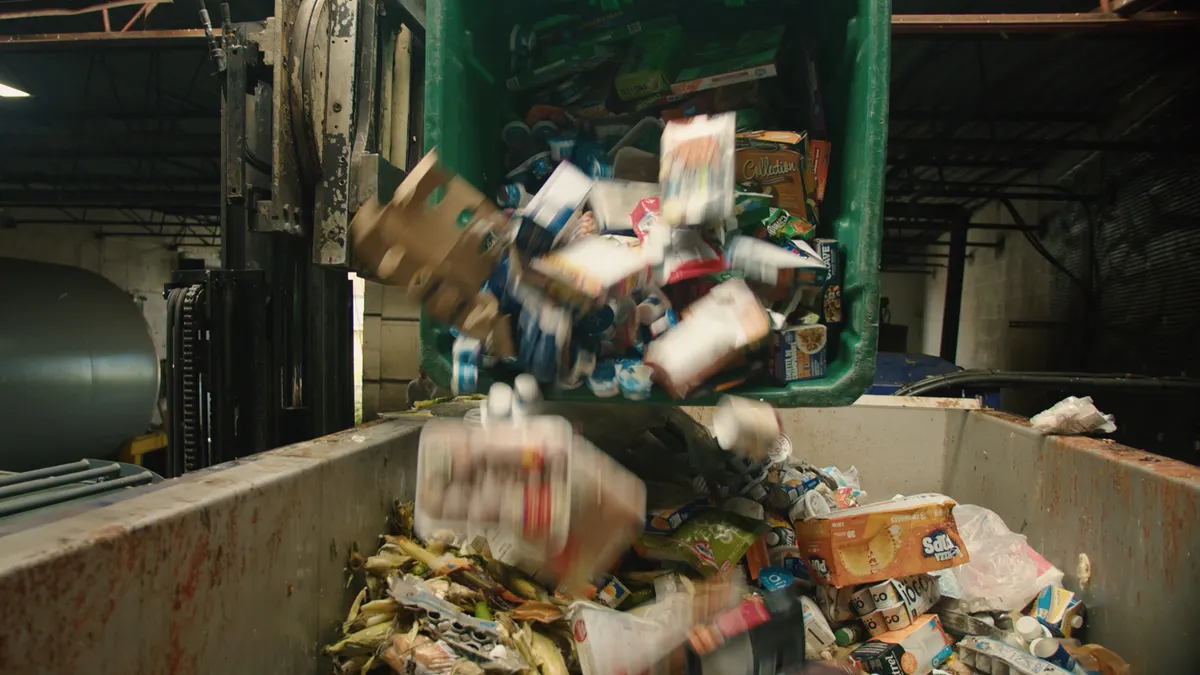The EPA's e-Manifest system, intended to digitize the tracking of hazardous waste shipments, has struggled to gain traction in its first year. Now, user fees are set to spike next month and service providers are raising concerns about the initiative's progress.
While the industry still supports moving toward fully electronic submissions by June 30, 2021, and backed the law that created this system in 2012, some of its largest users and their trade association are increasingly frustrated with how the e-Manifest system has developed.
“EPA has spent $17 million of our money from user fees and we still don’t have a functional e-Manifest system," David Case, executive director of the Environmental Technology Council (ETC), told Waste Dive.
The new fees were announced in late July, later than anticipated, and are set to take effect on October 1. They will run through September 2021. New costs will range from $8 per electronic manifest (previously $5) to $25 per mailed in paper copy (previously $15). The cost for "image + data" entries, which currently represent 75% of all submissions, will rise from $6.50 to $14.
These new rates are meant to incentivize a full move to electronic submissions by June 30, 2021. The rate increases are also designed to cover a significant overestimation in how many generators would use the system since it launched last June.
Adoption strains
The EPA initially estimated it would see nearly 3 million manifests submitted during fiscal 2019, but now anticipates receiving only 2.12 million. Out of that 2.12 million, the agency projects only 10,000 will be fully electronic. The EPA recognizes there have been challenges with slow adoption, but disagreed with ETC's characterization that the system wasn't viable.
"EPA considers its system to be functional with respect to fully electronic manifests," a spokesperson wrote via email. "EPA acknowledges that electronic manifests represent a small subset of the manifest universe and thus is seeking ways to assist industry with faster adoption of electronic manifests."
One of the biggest gaps appears to be in expectations about how many state-specific manifests would get sent. Waste deemed hazardous under state law, but not federal law, is covered by the program unless states opt out. Illinois is the first to stop requiring state-regulated hazardous waste to be covered by the federal form, but it's likely not the last. The EPA now projects a 17% reduction in manifests covering state-regulated waste as more follow suit.
The agency maintains any potential shift in how states choose to track or regulate hazardous wastes not defined by the Resource Conservation and Recovery Act can be handled accordingly.
"EPA’s interest related to e-Manifest is only in ensuring that state wastes requiring a manifest are ultimately submitted to the system as required under the e-Manifest Act," the spokesperson told Waste Dive. "If and when changes to state programs occur that impact national manifest volumes, EPA will take those changes into account when it sets user fees, which it does every two years."
This impending change, along with other cost factors such as a government contract for paper processing, have all put pressure on a system that still isn't fully integrated with the operations of many hazardous waste companies.
The initial goal was for e-Manifest to work directly with internal company software that handles functions such as billing, transport and handling. Instead, e-Manifest remains a largely parallel operation that can now only verify the location of material once it reaches the final treatment, storage and disposal facility.
“We and other industry representatives are very challenged in getting to the fully electronic version, because that would take technology that interacts and engages with the EPA’s system," Wade Scheel, Stericycle's director governmental affairs, told Waste Dive.
Scheel and others believe EPA prioritized building a manifest system to suit its goals around data collection and analysis more so than practical applications in the field. Logistical factors around managing paperwork, software and permissions across multiple points of contact remain a concern for multiple companies.
“They spent a tremendous amount of resources building this system, instead of working with industry," he said. "Instead of finding a way to get our system to interact with that database, where all of the data lives, they built their own system that we are not going to use because that would take us doing double the work."
The EPA said it's continuing to work on this issue, but countered that "nearly 80%" of all manifest data currently being submitted "comes directly from integrated system-to-system data exchanges."
Still, given the various questions presented by e-Manifest, ETC ranks the program among the more pressing regulatory aspects for its members.
“Today this is the most dysfunctional aspect of the national hazardous waste program," said Case.
Next steps
The new fees set to take effect next week could have been higher in some categories, per EPA's calculations, but the final range is still viewed as enough of a challenge by multiple companies.
For example, Stericycle previously built in administrative costs beyond the original rates but doesn't anticipate that will be possible in all cases for the new ones. Even if companies felt their customers would accept such an increase, they might be constrained by language in long-term contracts. Retail customers are expected to be among the most affected, given the large number of locations and regulatory restrictions on shipping certain hazardous items back in bulk via reverse logistics.
As all of this unfolds, hazardous waste service providers and generators are still working to pull off a full switch to electronic submissions in less than two years.
Stericycle and other companies say they're working on new technology to make it happen, and remain committed to the goal of reducing paperwork, but the timing could be optimistic. Technically, the June 2021 implementation date is an EPA deadline and not one mandated in the original law.







